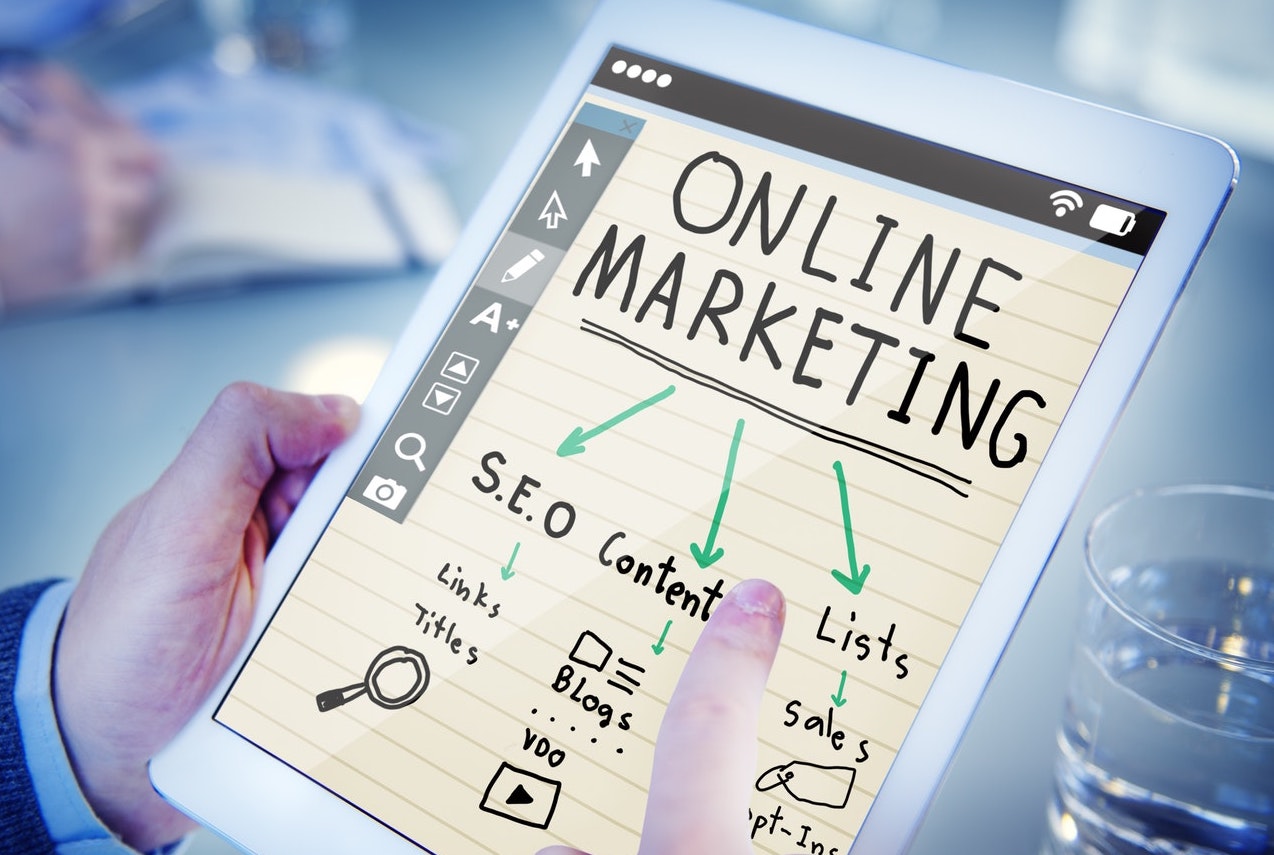The intersection of strategy, marketing, and technology, commonly known as MarTech, is penetrating the architectural, engineering, and construction (AEC) industries.
As of April 2019, there were more than 7,000 MarTech tools on the market (7,040 to be exact), up from just 1,000 five years ago, according to ChiefMartec. This flood of tools and apps for marketing and business development professionals is impacting firms in multiple ways, from difficulty in selecting the right technologies, to challenges in keeping up with changes, to issues with using the tools effectively.
AEC firms of all sizes are investing in MarTech with goals to improve their marketing strategy and drive more sales, but recent research from The Society for Marketing Professional Services (SMPS) Foundation shows AEC firms aren’t yet applying these solutions to their fullest potential.
The new six-page report, "Powering Up Technology: A Spotlight on Martech," looks at how MarTech tools help AEC brands, allow for deeper understanding and engagement, and support communication with clients and their target audiences.
On the flip side, the data shows how AEC firms aren’t yet applying these solutions—such as social platforms, client relationship management (CRM), and content management systems (CMS)—to their fullest potential. The findings and analysis are based on a survey of 500 SMPS members conducted by the SMPS Foundation in conjunction with the Southern Illinois University Edwardsville.
 This chart was created by chiefmartec.com to track the marketing technology landscape. Click on the chart to see the full infographic. Source: Marketing Technology Media, LLC. Produced by Scott Brinker (@chiefmartec) and Blue Green Brands (@bluegreenbrands).
This chart was created by chiefmartec.com to track the marketing technology landscape. Click on the chart to see the full infographic. Source: Marketing Technology Media, LLC. Produced by Scott Brinker (@chiefmartec) and Blue Green Brands (@bluegreenbrands).
Eighty percent of respondents believe the current MarTech strategy at their firm is average or unsuccessful, expressing the belief that there is significant room for growth in this area.
“AEC companies are beginning to harness these powerful systems and advanced platforms to execute and analyze modern marketing campaigns,” said Michael Geary, CAE, Chief Executive Officer, Society for Marketing Professional Services (SMPS) and the SMPS Foundation. “While marketers recognize the importance of this technology, their organizations struggle with how to implement these technologies and associated MarTech initiatives.”
SMPS will use the findings of this report to craft learning opportunities for the AEC industries, and the SMPS Foundation will conduct a follow-up survey in 2020 to measure progress.
The report addresses a variety of topics, including:
• Awareness of MarTech tools
• Barriers to MarTech usage
• Drivers behind MarTech adoption
• Delivery of MarTech metrics and reporting
• Integration of MarTech-specific marketing roles and consultants
The report first appeared in the August 2019 issue of Marketer, the journal published by SMPS.
SMPS members receive a free download of the report from the SMPS website.
Non-members may download and purchase the report from the SMPS website for $24.95.
Related Stories
| Feb 23, 2011
Green building on the chopping block in House spending measure
Bryan Howard, Legislative Director of the U.S. Green Building Council, blogs about proposed GOP budget cuts that could impact green building in the commercial sector.
| Feb 23, 2011
Architecture Billings hold steady after two months of improving conditions
After showing positive momentum during the fourth quarter of 2010, the Architecture Billings Index (ABI) slipped almost four points in January. The January ABI score was 50.0, which is down from a reading of 53.9 the previous month, but still reflects stable demand for design services. Any score above 50 indicates an increase in billings.
| Feb 22, 2011
LEED Volume Program celebrates its 500th certified Pilot Project
More than 500 building projects have certified through the LEED Volume Program since the pilot launched in 2006, according to the U.S. Green Building Council. The LEED Volume Program streamlines the certification process for high-volume property owners and managers, from commercial real estate firms, national retailers and hospitality providers, to local, state and federal governments.
| Feb 22, 2011
HDR Architecture names four healthcare directors
Four senior professionals in HDR Architecture’s healthcare program have been named Healthcare directors.
| Feb 15, 2011
Iconic TWA terminal may reopen as a boutique hotel
The Port Authority of New York and New Jersey hopes to squeeze a hotel with about 150 rooms in the space between the old TWA terminal and the new JetBlue building. The old TWA terminal would serve as an entry to the hotel and hotel lobby, which would also contain restaurants and shops.
| Feb 15, 2011
New Orleans' rebuilt public housing architecture gets mixed reviews
The architecture of New Orleans’ new public housing is awash with optimism about how urban-design will improve residents' lives—but the changes are based on the idealism of an earlier era that’s being erased and revised.
| Feb 15, 2011
LAUSD commissions innovative prefab prototypes for future building
The LA Unified School District, under the leadership of a new facilities director, reversed course regarding prototypes for its new schools and engaged architects to create compelling kit-of-parts schemes that are largely prefabricated.
| Feb 15, 2011
New 2030 Challenge to include carbon footprint of building materials and products
Architecture 2030 has just broadened the scope of its 2030 Challenge, issuing an additional challenge regarding the climate impact of building products. The 2030 Challenge for Products aims to reduce the embodied carbon (meaning the carbon emissions equivalent) of building products 50% by 2030.









